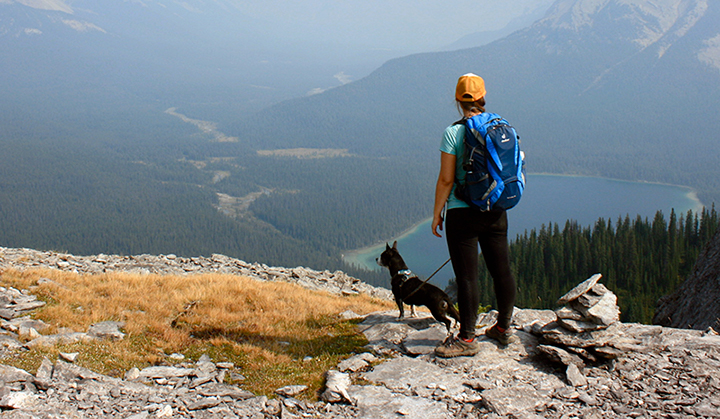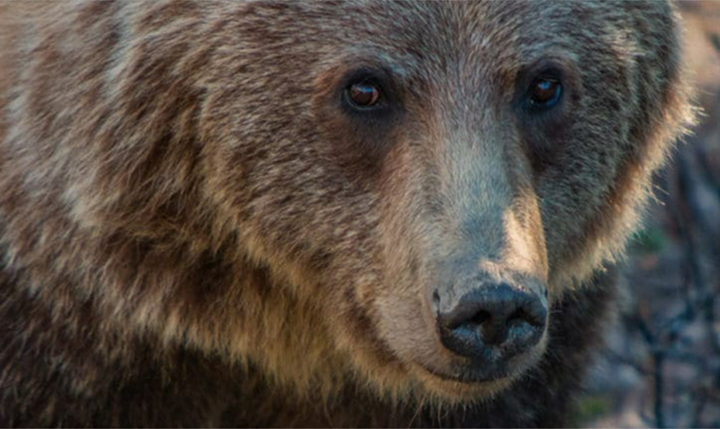They’re curious. They’re cuddly. They’re cunning. They’re our furry adventure companions!
Dogs and cats, that is — or conservation canines and cats as we like to call them.
“Leave No Trace” is the gold standard for leaving the wild places you visit as (or better) than you found them. This also applies to the decisions you make while hitting the trails or enjoying the views with your pets.
Here are four ways you can enjoy nature while protecting the pets, wild places and wildlife you love.
1. Leash up
Leashes save lives, including your furry friend’s. Off-leash dogs can cause stress for wildlife and prompt aggression in wildlife like bears, coyotes and cougars. Wildlife then may have to be relocated or killed.
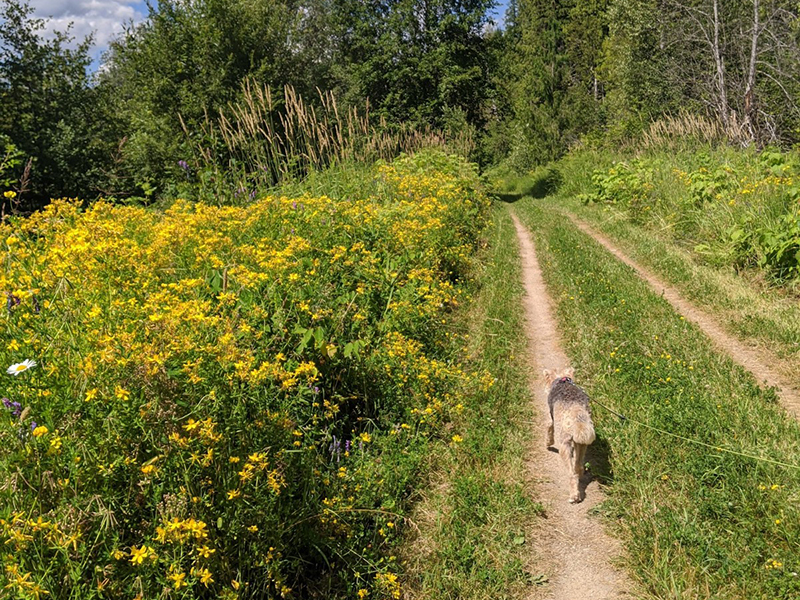
2. Pick it up, it’s your “doody”
When they gotta go, they gotta go. Just make sure to dispose of your pet’s waste properly and responsibly.
Scoop the poop and dispose of it in a bear-resistant trash bin when available. In backcountry environments or on a longer trek, pet waste could also be deposited in a six to eight inch deep hole at least 200 feet (70 big steps) away from water sources. These simple actions make the outdoors more pleasant for all and helps protect water sources, plants and wildlife habitat.
3. Store it away
Bears probably love the enticing smell of your dog’s meaty food mash. While camping in the front or back-country, store your pet’s food with yours in a bear-resistant food storage locker or in your vehicle.
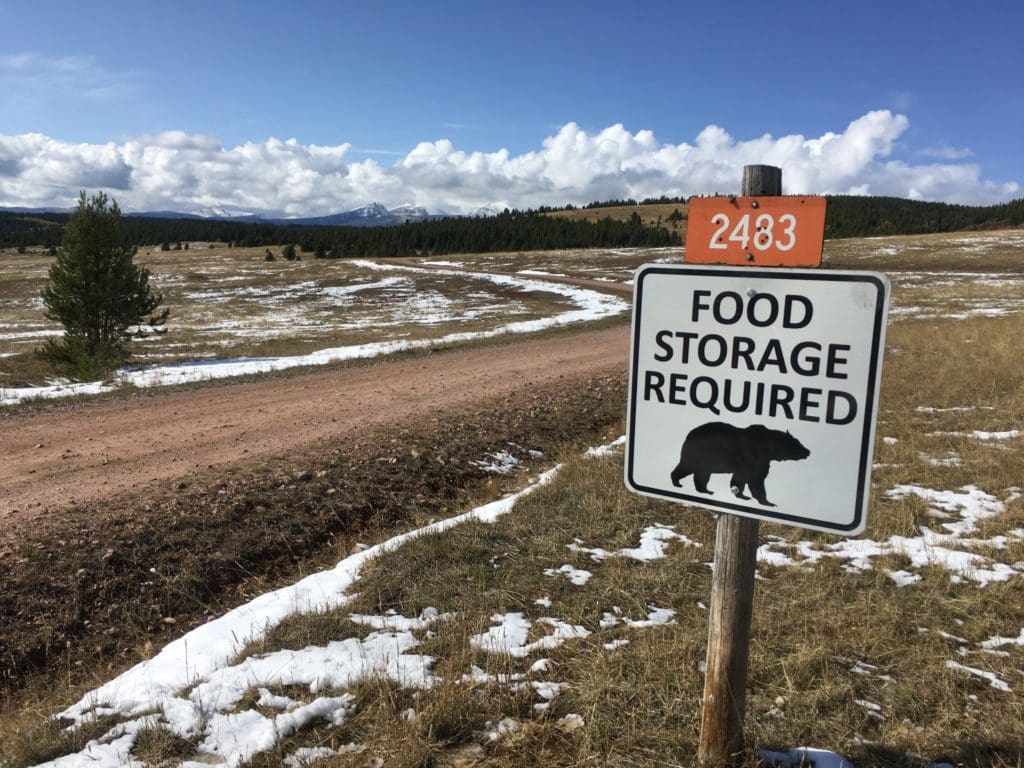
4. Know before you go
In many parts of the region, there are certain parks, protected areas and trails that don’t allow dogs. Check national, provincial or state parks’ websites before you head out to check for trail closures and ensure the area is pet-friendly.
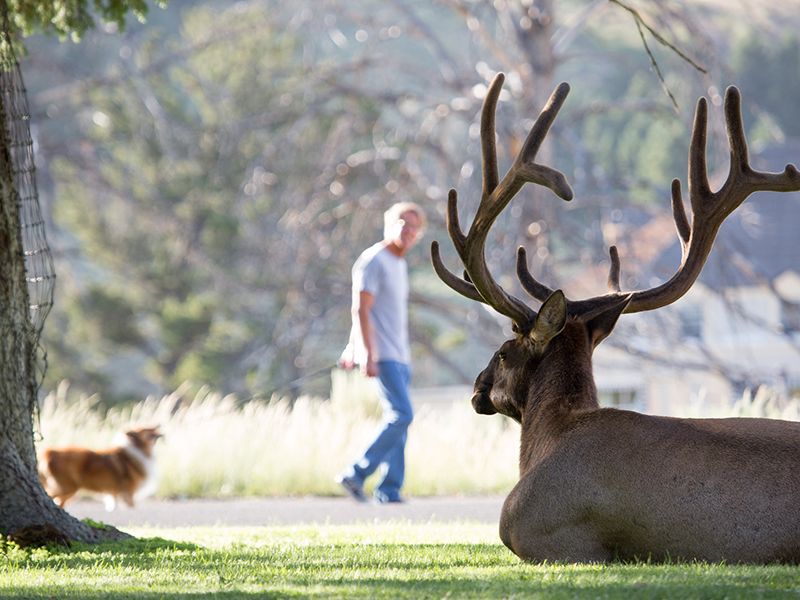
Every action you take matters for the health of ecosystems across the Yellowstone to Yukon region. Some of the “petfluencers” on Instagram are already showing us how it’s done. Take Bodhi the Adventure Cat for instance, or these adorable adoptable dogs.
Does your pet already proudly wear the conservation canine or cat badge? Send us a photo or tag us on social media!
P.s. We are proud to have supported the Keep Wildlife Alive program in Banff and Canmore in Alberta over the past few years. The latest campaign hit the ground this past spring and summer, from which we sourced several of these helpful tips.
